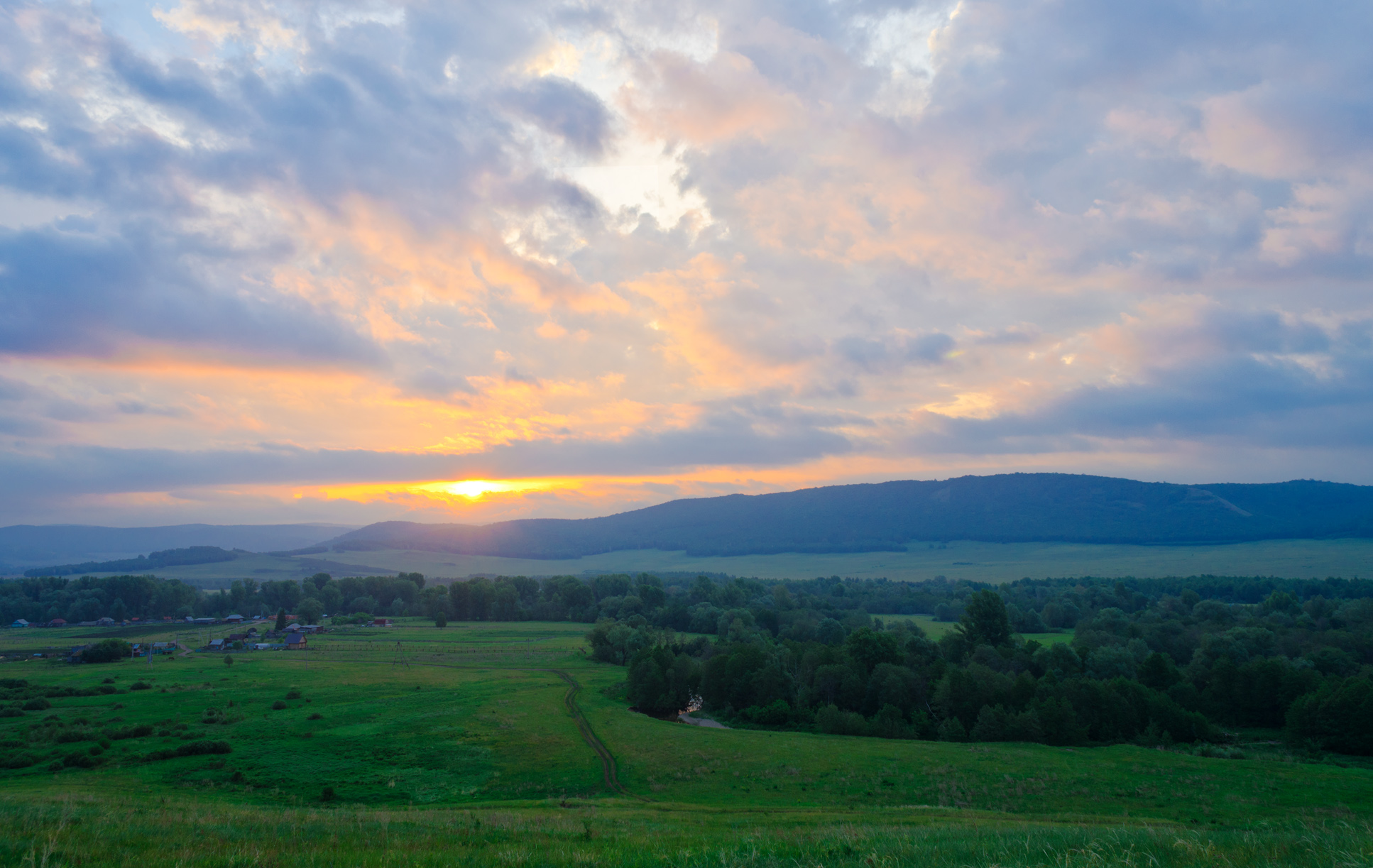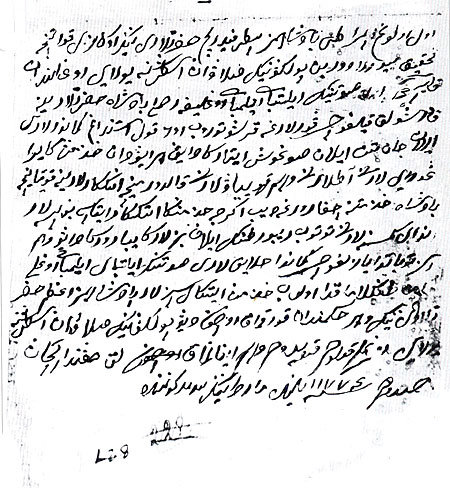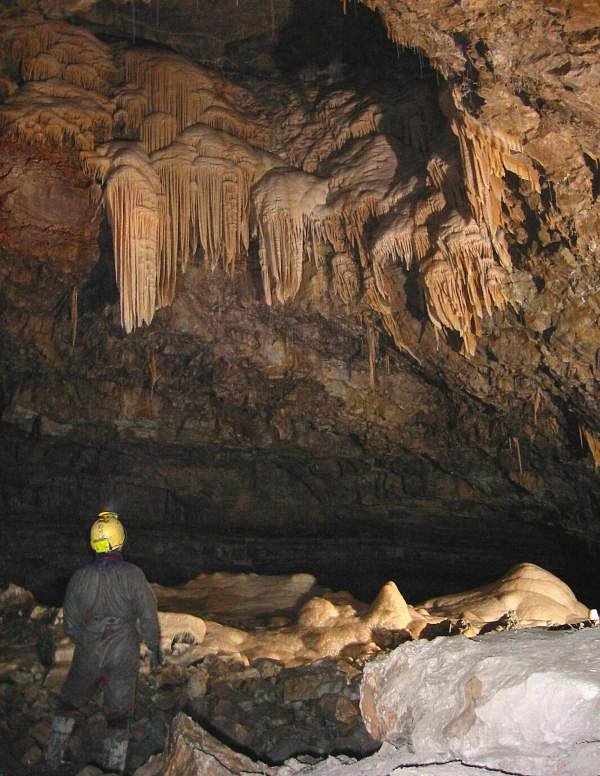|
Salavat Yulayev Cave
The Salavat Yulayev Cave, also known as the Cave of Salavat Yulayev or Salavat Cave is a cave located in the Ishimbaysky District, Republic of Bashkortostan, Russia, and is seven kilometers from the village of Makarovo. The cave forms part of the Kalim-Uscan rock, which is located under the Sikasya The Sikasya ( ba, Һикеяҙ, ''Hikeyaź''; russian: Сикася́, also: Сиказя́, Сиказа́, Сикия́з) is a river in Ishimbaysky District, a right tributary of the Zigan, in the basin of the Kama. It is long, and its drain ... river; it is composed of three distinct levels and is around 35 meters long. The cave was named after the film Salavat Yulaev as filming was done there, despite a local belief that it was the cave where Bashkir hero Salavat Yulaev hid. References Natural monuments of Russia Caves of Russia Ishimbaysky District Landforms of Bashkortostan Caves used for hiding Wild caves {{Russia-geo-stub ... [...More Info...] [...Related Items...] OR: [Wikipedia] [Google] [Baidu] |
Ishimbaysky District
Ishimbaysky District (russian: Ишимба́йский райо́н; ba, Ишембай районы, İşembay rayonı) is an administrativeConstitution of the Republic of Bashkortostan, Article 64 and municipalLaw #126-z district (raion), one of the fifty-four in the Republic of Bashkortostan, Russia. It is located in the southern central part of the republic and borders with Gafuriysky District in the north, Beloretsky District in the northeast, Burzyansky District in the east and southeast, Meleuzovsky District in the south, and with Sterlitamaksky District in the west. The area of the district is .Official website of Ishimbaysky DistrictGeneral Information About the District Its administrative center is the town of Ishimbay (which is not administratively a part of the district). As of the 2010 Census, the total population of the district was 25,042. History The district was established on March 20, 1937.Official website of Ishimbaysky DistrictBrief Histori ... [...More Info...] [...Related Items...] OR: [Wikipedia] [Google] [Baidu] |
Republic Of Bashkortostan
The Republic of Bashkortostan or Bashkortostan ( ba, Башҡортостан Республикаһы, Bashqortostan Respublikahy; russian: Республика Башкортостан, Respublika Bashkortostan),; russian: Респу́блика Башкортоста́н, r=Respublika Bashkortostan, p=rʲɪsˈpublʲɪkə bəʂkərtɐˈstan also Archaism, unofficially called Badzhgard, Bashkiria (russian: Башкирия, tr. Bashkiriya), is a Republics of Russia, republic of Russia located between the Volga and the Ural Mountains in Eastern Europe. It covers and has a population of 4 million. It is Russia's 7th List of federal subjects of Russia by population, most populous federal subject and most populous republic. Its capital city, capital and largest city is Ufa. Bashkortostan was established on .Национально-государственное устройство Башкортостана, 1917–1925 гг: Общее введение и Том 1 // Билал � ... [...More Info...] [...Related Items...] OR: [Wikipedia] [Google] [Baidu] |
Russia
Russia (, , ), or the Russian Federation, is a List of transcontinental countries, transcontinental country spanning Eastern Europe and North Asia, Northern Asia. It is the List of countries and dependencies by area, largest country in the world, with its internationally recognised territory covering , and encompassing one-eighth of Earth's inhabitable landmass. Russia extends across Time in Russia, eleven time zones and shares Borders of Russia, land boundaries with fourteen countries, more than List of countries and territories by land borders, any other country but China. It is the List of countries and dependencies by population, world's ninth-most populous country and List of European countries by population, Europe's most populous country, with a population of 146 million people. The country's capital and List of cities and towns in Russia by population, largest city is Moscow, the List of European cities by population within city limits, largest city entirely within E ... [...More Info...] [...Related Items...] OR: [Wikipedia] [Google] [Baidu] |
Sikasya
The Sikasya ( ba, Һикеяҙ, ''Hikeyaź''; russian: Сикася́, also: Сиказя́, Сиказа́, Сикия́з) is a river in Ishimbaysky District, a right tributary of the Zigan, in the basin of the Kama. It is long, and its drainage basin A drainage basin is an area of land where all flowing surface water converges to a single point, such as a river mouth, or flows into another body of water, such as a lake or ocean. A basin is separated from adjacent basins by a perimeter, t ... covers .«Река Сикася» Russian State Water Registry References Ishimbaysky District ...[...More Info...] [...Related Items...] OR: [Wikipedia] [Google] [Baidu] |
Salavat Yulayev (film)
''Salavat Yulayev'' (russian: Салават Юлаев) is a 1940 Soviet film directed by Yakov Protazanov, about Bashkir national hero, poet Salawat Yulayev (1754-1800) and Pugachev's Rebellion. Synopsis Son of the village elder, young Salavat, is forced to permanently leave his native village for physically assaulting an officer of the king. A runaway convict Khlopusha, helps him escape from pursuing soldiers. Salavat does not trust Khlopusha, because he thinks of every Russian as an enemy. But the shared shackles and forced labor in the mines bring them closer together. The friends manage to escape from prison. Two years Salavat and Khlopusha wander around the vast expanses of the Urals. In one of the Cossack farms they meet Pugachev and become his staunch supporters. Salavat is sent home to his native village. The people elevated by them flock to Pugachev's banner. Together with the Russian peasants and workers of the Ural fortified factories, the Bashkir cavalry led by ... [...More Info...] [...Related Items...] OR: [Wikipedia] [Google] [Baidu] |
Salawat Yulayev
Salawat Yulayev ( ba, Салауат Юлай-улы; russian: Салават Юлаев; 16 June 1756 – 8 October 1800) was a Bashkir national hero who participated in Pugachev's Rebellion, warrior, poet and singer. Biography Salawat Yulayev was born in the village of Tekeyevo, in Shaytan-Kudeevsky volost of Ufa province of Orenburg Governorate (now Salavatsky District) of Bashkortostan. Tekeyevo no longer exists, as it was burned in 1775. Salawat Yulayev was at the head of the Bashkortostan uprising from the very beginning of the country war of 1773–1775. He was seized by the Russian imperial authorities on November, 24th, 1774, and his father, Yulay Aznalin, was captured even earlier. Put into irons, they were sent to Moscow. Yulay Aznalin was a ''votchinnik'' (holder of patrimonial estate), a rich, intelligent and influential man. He was held in general respect among Bashkirs and was a Bauermeister (district foreman). The local authorities gave credence to him; ... [...More Info...] [...Related Items...] OR: [Wikipedia] [Google] [Baidu] |
Natural Monuments Of Russia
Nature, in the broadest sense, is the physical world or universe. "Nature" can refer to the phenomena of the physical world, and also to life in general. The study of nature is a large, if not the only, part of science. Although humans are part of nature, human activity is often understood as a separate category from other natural phenomena. The word ''nature'' is borrowed from the Old French ''nature'' and is derived from the Latin word ''natura'', or "essential qualities, innate disposition", and in ancient times, literally meant "birth". In ancient philosophy, ''natura'' is mostly used as the Latin translation of the Greek word ''physis'' (φύσις), which originally related to the intrinsic characteristics of plants, animals, and other features of the world to develop of their own accord. The concept of nature as a whole, the physical universe, is one of several expansions of the original notion; it began with certain core applications of the word φύσις by pre-Socr ... [...More Info...] [...Related Items...] OR: [Wikipedia] [Google] [Baidu] |
Caves Of Russia
A cave or cavern is a natural void in the ground, specifically a space large enough for a human to enter. Caves often form by the weathering of rock and often extend deep underground. The word ''cave'' can refer to smaller openings such as sea caves, rock shelters, and grottos, that extend a relatively short distance into the rock and they are called ''exogene'' caves. Caves which extend further underground than the opening is wide are called ''endogene'' caves. Speleology is the science of exploration and study of all aspects of caves and the cave environment. Visiting or exploring caves for recreation may be called ''caving'', ''potholing'', or ''spelunking''. Formation types The formation and development of caves is known as ''speleogenesis''; it can occur over the course of millions of years. Caves can range widely in size, and are formed by various geological processes. These may involve a combination of chemical processes, erosion by water, tectonic forces, microorganisms ... [...More Info...] [...Related Items...] OR: [Wikipedia] [Google] [Baidu] |
Landforms Of Bashkortostan
A landform is a natural or anthropogenic land feature on the solid surface of the Earth or other planetary body. Landforms together make up a given terrain, and their arrangement in the landscape is known as topography. Landforms include hills, mountains, canyons, and valleys, as well as shoreline features such as bays, peninsulas, and seas, including submerged features such as mid-ocean ridges, volcanoes, and the great ocean basins. Physical characteristics Landforms are categorized by characteristic physical attributes such as elevation, slope, orientation, stratification, rock exposure and soil type. Gross physical features or landforms include intuitive elements such as berms, mounds, hills, ridges, cliffs, valleys, rivers, peninsulas, volcanoes, and numerous other structural and size-scaled (e.g. ponds vs. lakes, hills vs. mountains) elements including various kinds of inland and oceanic waterbodies and sub-surface features. Mountains, hills, plateaux, and plains are the fou ... [...More Info...] [...Related Items...] OR: [Wikipedia] [Google] [Baidu] |
Caves Used For Hiding
A cave or cavern is a natural void in the ground, specifically a space large enough for a human to enter. Caves often form by the weathering of rock and often extend deep underground. The word ''cave'' can refer to smaller openings such as sea caves, rock shelters, and grottos, that extend a relatively short distance into the rock and they are called ''exogene'' caves. Caves which extend further underground than the opening is wide are called ''endogene'' caves. Speleology is the science of exploration and study of all aspects of caves and the cave environment. Visiting or exploring caves for recreation may be called ''caving'', ''potholing'', or ''spelunking''. Formation types The formation and development of caves is known as '' speleogenesis''; it can occur over the course of millions of years. Caves can range widely in size, and are formed by various geological processes. These may involve a combination of chemical processes, erosion by water, tectonic forces, microorgani ... [...More Info...] [...Related Items...] OR: [Wikipedia] [Google] [Baidu] |


.jpg)

.jpg)
